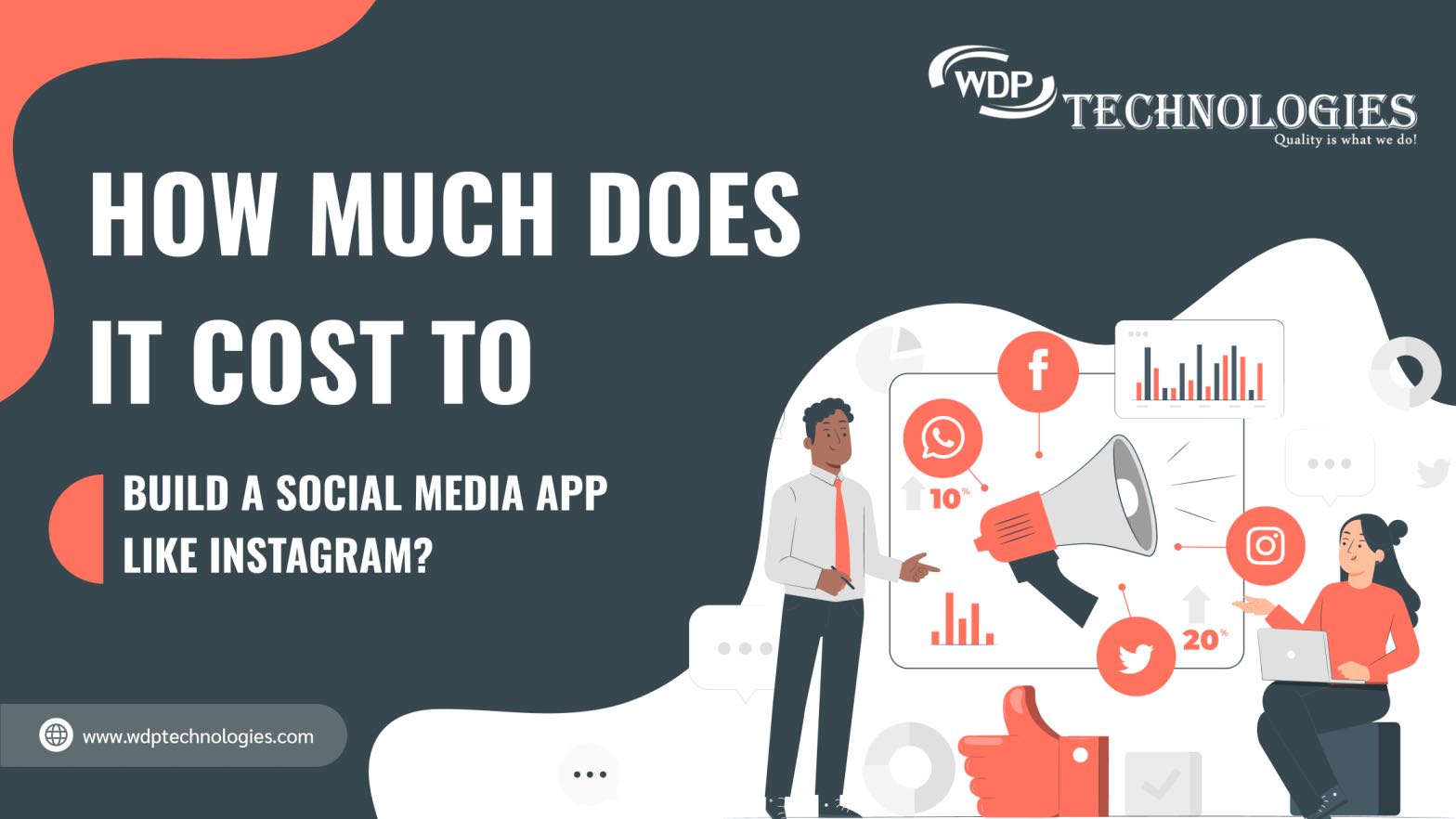Where there is an investment, there is always a risk. But, this risk can be mitigated by carrying out technology due Diligence during an M&A, i.e., Merger and Acquisition for digital products or agencies.
Well, expecting to get tremendous results of an investment made in haste and without giving it a proper thought is stupid. An investment in a tech company becomes fruitful only when a detailed analysis and in-depth research is carried out.
An interested party signs the LOI and performs technical due diligence on the company they are interested in merging with.
Here is a graphical representation that shows mergers and acquisitions in North America as of May 2021.
**BONUS TIP**
LOI is the Letter of Intent that is signed between two companies in the preliminary stage. This official document contains the chief terms as agreed between both parties.
It’s also called the agreement to agree.
What is Technology Due Diligence?
Technical due diligence is the analysis process of in-depth investigation of a technical company during an M&A.
Usually, when a buyer plans to invest in a company, tech due diligence helps him or her in understanding the following aspects:
To put it differently, this report also helps the seller understand his or her own company’s worth and position.
The evaluation of a company’s tech strategy helps the buyer to understand whether it is worth merging with or acquiring that company or not.
Why Is It Important for a Tech Company To Carry Out Technology Due Diligence?
Due Diligence for tech companies is not a rule, but it is equally essential. Provided that, we recommend all buying and selling parties to find the best company for technical due diligence procedures.
Following are the reasons you can explore to perform the technical due diligence process on the company you want to acquire or invest your money into.
Basic Questions in Every Tech Due Diligence Procedure
1. Are the company’s goals and the tech they use in line?
2. What is the current budget and also future estimates for incurring expenses and earnings?
3. What are the existing strengths and weaknesses of the tech company?
With this in mind, let’s dive deeper into the technical due diligence procedure.
What are the Key Aspects of the Technical Due Diligence Process? – Let’s Find Out!
Technical due Diligence typically has four steps. Its cycle is long; this means the checking process goes on for a long time.
KEY TIP ONLY FOR YOU!!!!
During M&A, whether you are the buying party or the selling party, you must disclose all the details about you and your organization.
Step #1 – Preps – Emotionally & Physically
In the first place, you cannot prepare for technical due diligence one night before it starts. You and your investor need to share a transparent and trustful relationship to get through the process smoothly. Furthermore, you also need to keep all the documents ready after the authorization from relevant official bodies.
Step #2 – LIVE & In-Person Meetings
Usually, both parties meet and discuss the working of the company before document screening starts. You must, of course, open up about the workflow, hierarchy and structure of the company to maintain transparency.
Step #3 – Doubt Clarification Session
It is but natural that there will be questions popping up in the investor’s mind. It is best to solve all queries and leave no room for loopholes before a final decision is taken.
Step #4: Technical Due Diligence – It’s Report Time!
It is like an exam. After the interrogation comes D-Day, i.e., the result day! After all the conversation and analysis, the investors themselves or their hired expert agency create a report that shows the company’s risks, benefits, and accurate present condition. Based on this list, the investor decides whether to put his or her money into the company or not.
SEE ALSO: How to Start a Tech Company Successfully?
4 Must-Know Stages of Investment – Tech Due Diligence
Whether you are a buying or selling party, you must know the stage of the company before investing in it. For more understanding on this, check the following steps of investment.
Stage #1 – Seed Funding
The stage already suggests the beginning of the product’s release. Investors carry out due diligence for start-ups and gauge the early response of consumers. Later, they decide whether the technical start-up has the potential or not.
Stage #2 – Series A
Talking about this stage, it has already been a while since the start-up’s establishment. Further development and improvements take place with the money received.
Stage #3 – Series B
In this stage, the company plans to scale up; hence, all the investment funds are put to use in increasing the company’s scope.
Stage #4 – Series C & Beyond
The technology company requires funds to step into foreign markets and start working with other similar start-ups during and after this stage.
IT Infrastructures & Architectures
Monolithic infrastructure in IT means a traditional, simple, and unified structure for software designing. Conversely, Microservice architectures are small independent services that communicate altogether through high-end APIs.
Additionally, there is nothing good or bad about either of the two. But, during the technical due diligence question-answer session, the tech company must defend their choice with apt and valid reasons behind choosing a particular architecture.
Technical Due Diligence Checklist
If you want the most accurate report analysis for the company you want to invest in, here is a list that the tech company must cross out. Identically, this list applies to all sorts of IT companies for IT Due Diligence, yet if anything specific, you can add those points to the list.
NOTE – All the ticked boxes of the tech due diligence checklist state that the process is complete.
Let’s see what those pointers are one by one:
Final Words on Technology Due Diligence
Are you dreaming of getting the best returns on your investment without proper research? Well, don’t commit this mistake. For technical due diligence consulting, hire the best tech experts at Excellent Webworld who can perform the technical due diligence process for you.
By and large, a comprehensive tech audit entails whether the investment is worth it and shows if the company will achieve its expected growth. With this in mind, we are here to provide you with information about a tech company. Our experts can give you a green signal for your next significant investment!
Technology Due Diligence Questions
The procedure duration entirely depends on how large the company is or how widespread its operations are. The bigger the company, the longer it takes to prepare the final technology due diligence. Regardless, the generation of final reports takes 1-3 months.
Yes, correspondingly, AI can help a great deal in boosting the accuracy and efficiency of due diligence reports.
The technical head or the company’s leading manager who performs the technical due diligence prepares the final report after an in-depth analysis. Likewise, he or she is responsible for the reliability of the report.

Download Ebook
Study the Application Development Cost
A complete understanding of the factors that are affected while developing an app.












Leave a Reply